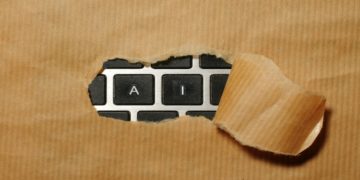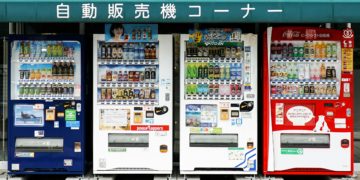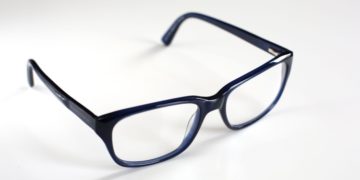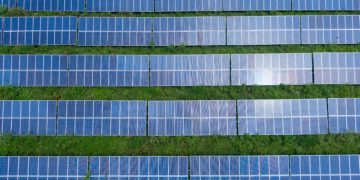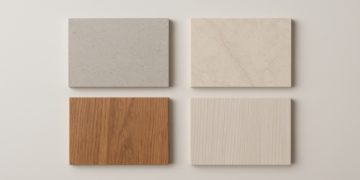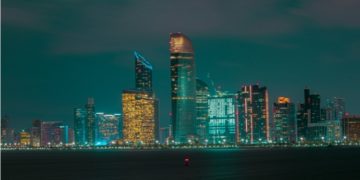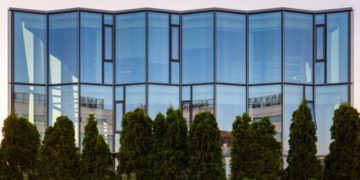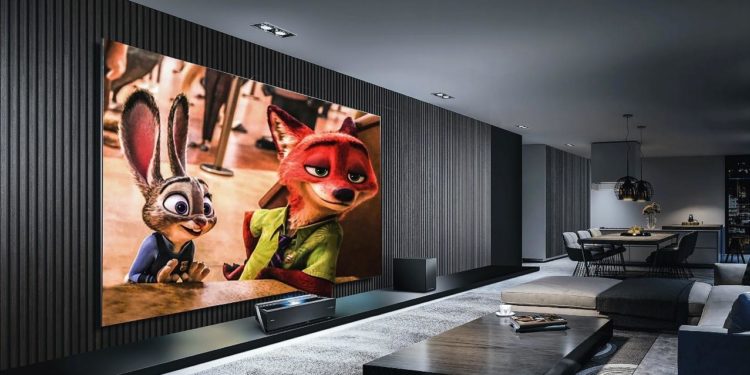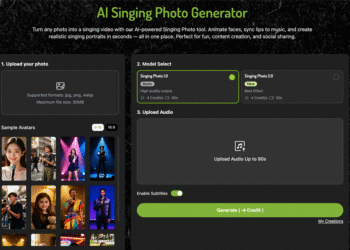The liquid crystal display (LCD) screen typically comes as a flat panel that operates by using liquid crystals that combine with an optical filter that allows light waves to flow through while blocking light waves coming from a different polarization. The liquid crystals do not emit light. Instead, they produce images and colours by using backlight. LCD screens are commonly used in television sets, mobile phones, laptops, etc.
The Light Emitting Diode (LED) technology is a semiconductor diode that glows when electricity passes through them. The Light Emitting Diode (LED) display comes as a flat-screen whose operation is dependent on an array of diodes that emit light to produce images and videos. Their high-quality image display and high contrast and light make them ideal for LED display screens.
The LED screens consume less power, making them economical and affordable for big-screen hires, mainly those who occasionally need them. The light-emitting diode (LED) technology is rapidly gaining popularity over the liquid crystal display (LCD). Here are some of the factors that have participated in LED gaining acceptance and adoption by many over the LCD.
LED Display Screen Thickness
The LCD display has a slim appearance since the technology uses an array of self-illuminating diodes conformed as one layer. It also has significantly sharper edges making it ideal for stacking up a number of them comfortably. On the other side, the LCD needs two layers of liquid crystal and a polarizer to display images and videos. The combination of two layers makes it slightly larger and bulkier than the LED.
LED Backlight Technology
Backlight is when the digital displays provide light from the back to make it easy for the viewer to see the screen content. The LED backlight is listed as the best type since it emits from the light-emitting diode because it saves on power, is easy to adjust and aids in the long-life nature of the LED. Unlike the LED backlight technology, the LCD uses the cold code fluorescent lamp (CCFL) that contains mercury traces that pose a health risk.
The CCFL backlight also aids in reducing the lifespan of the LCD display. It also plays a significant role in the high power consumption of LCD displays.
LED Are Eco-friendly
LED do not contain mercury traces like those collected in other displays. The mercury is released into the air once it breaks. Mercury is a health hazard as it impacts negatively on pregnant women and causes harm to the developing fetuses. Mercury also affects the gut system causing digestive problems and skin and eye irritation. Mercury exposure can also lead to breathing problems and renal complications. The use of LEDs can keep us safe.
LED Are Energy Efficient
The most common form of energy used by businesses is electricity. An increase in electricity prices can affect the business’s overall income. Installing an LED display will help the business reach more potential customers without increasing the operational cost. LED displays consuming lesser energy are attributes that make them popular among outdoor and indoor digital displays.
The LCD technology uses fluorescent backlighting that ends up consuming more energy. Unlike the LCD, the LED uses the light-emitting diode, whose power is used to light up the diode directly without passing through a medium like a filament. It is the reason for its less energy consumption.
LED Last Longer
The LCD uses the cold code fluorescent lamp (CCFL) that requires a filament for light to pass through for them to produce light. The filament quickly gets burned; hence the LCD screen life is limited. On the other hand, LED technology uses a light-emitting diode with light when electricity passes through them. The light-emitting diode lasts longer compared to the filament technology.
LED Have a Large View Angle
The Digital display image clarity depends on the angle the audience is viewing. Also, distance is a significant influencer of the image and video clarity; too close or very far from the digital display, the images or video clarity is distorted. An LED display has a viewing angle of about 160 degrees horizontally and vertically. It makes it ideal for viewers on the move.
LED Has Superior Contrast
Unlike the LCD that uses fluorescent backlighting that only produces black and white, the LED diodes have an array of colours. It uses RGB (red-green-blue) to produce a wide range of colours. The full RGB spectrum aids in producing a high-quality image that is safe for the eyes. The high-contrast images are easily noticeable and viewable by potential customers due to their beautiful nature.
In conclusion
LED has become the most sought-after digital display screen as it is easy to maintain. It may appear expensive to install, but the benefits of installation include; the long durability of the LED screen and low maintenance cost playing a significant role in recouping the considerable investment made. The LED screen remains the best option for advertisements, whether indoor or outdoor.
David Prior
David Prior is the editor of Today News, responsible for the overall editorial strategy. He is an NCTJ-qualified journalist with over 20 years’ experience, and is also editor of the award-winning hyperlocal news title Altrincham Today. His LinkedIn profile is here.









